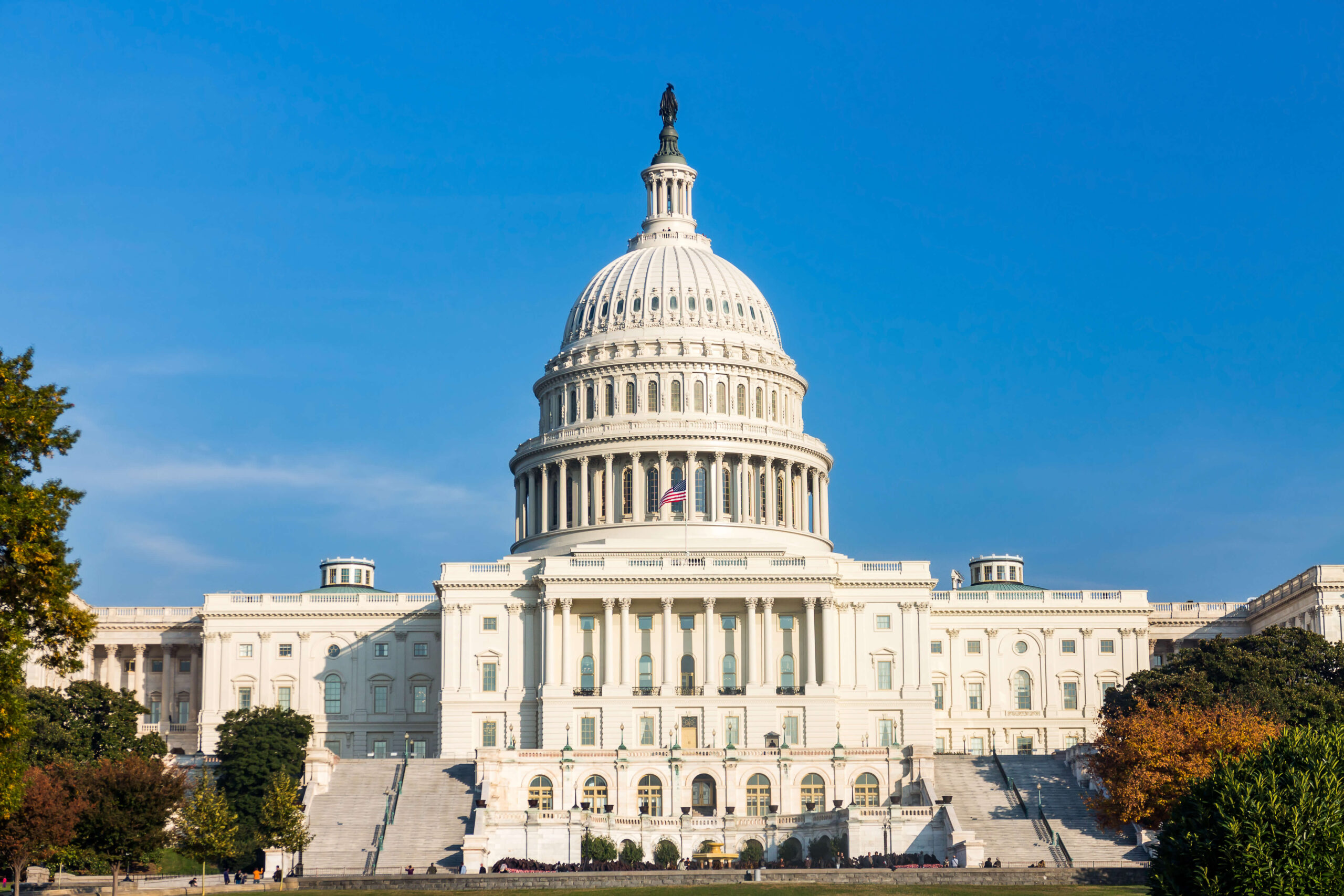EEOC Releases Vaccine Guidance. On May 28, 2021, the U.S. Equal Employment Opportunity Commission (EEOC) issued much-needed guidance regarding COVID-19 vaccinations and the workplace. According to the guidance:
- Federal law does not prohibit employers “from requiring all employees physically entering the worksite to be vaccinated for COVID-19.” Nevertheless, employers that adopt such policies “must comply with the reasonable accommodation requirements of the [Americans with Disabilities Act]” and other federal equal employment opportunity requirements, and “should keep in mind” that such policies could have a potential disparate impact on certain employees.
- Employers may incentivize employees to voluntarily provide proof of vaccination from a third party.
- Employers that administer vaccines to employees may provide incentives to encourage vaccination “as long as the incentives are not coercive” (e.g., so large as to render the employees’ decisions to disclose pre-vaccination disability-related screening information involuntary).
President Biden to Nominate Union Attorney for NLRB. This week, President Joe Biden announced that he would nominate union-side attorney Gwynne Wilcox to fill the lone vacant seat on the National Labor Relations Board (NLRB). If confirmed, Wilcox would be the first Black woman to serve as a member of the Board. Regardless of what happens with Wilcox’s nomination, Republicans will maintain a majority on the Board until August 27, 2021, when Republican member William Emanuel’s term expires. With U.S. Senate confirmation of Wilcox’s nomination, and with Emanuel’s departure in August and the nomination and confirmation of his replacement, it is possible the NLRB could have a Democratic majority by early fall of 2021.
OSHA ETS Update. Again. The Office of Information and Regulatory Affairs (OIRA) continued its meetings with stakeholders this week to discuss the Occupational Safety and Health Administration’s (OSHA) proposed COVID-19 emergency temporary standard (ETS). It has now been over one month since OSHA sent the draft ETS to OIRA. In that time, the percentage of the total population that has received one vaccination dose has increased from almost 43 percent to about 50 percent. About 62 percent of all adults in the United States—the individuals who make up the great majority of the workforce—have received as least one vaccine dose. In a letter sent to U.S. Secretary of Labor Marty Walsh this week, Republican members of the House Committee on Education and Labor cited the increasing prevalence of vaccinations among workers, coupled with the U.S. Centers for Disease Control and Prevention’s (CDC) recent mask guidance for vaccinated individuals, as reasons why the ETS should be withdrawn. “[A]n ETS is a completely unnecessary response that would only tie the hands of business owners who have already taken extraordinary and unprecedented efforts to mitigate the spread of the virus in the workplace,” the legislators wrote in the letter.
OSHA Does About-Face on Vaccine Recording. In other OSHA news, in April 2021 the Buzz discussed OSHA’s guidance on when employees’ adverse reactions to COVID-19 vaccines were work-related and therefore recordable in the employer’s injury and illness logs. OSHA has now reversed this guidance, stating that it will not require employers to record workers’ COVID-19 vaccine side effects through May 2022. OSHA reasons that it “does not wish to have any appearance of discouraging workers from receiving COVID-19 vaccination, and also does not wish to disincentivize employers’ vaccination efforts.” John F. Martin has the details.
DOL to Rescind Union Transparency Rule. Earlier this spring, the U.S. Department of Labor (DOL) stopped enforcing the Trump-era DOL’s 2020 Form T-1 Rule, which established new transparency requirements for union financial reporting. This week, the DOL issued a notice of proposed rulemaking to rescind the rule altogether. The DOL maintains that rescission is necessary because the 2020 rule was overbroad, unnecessary, and unsupported by the rulemaking record. Comments are due on or before July 26, 2021.
Workplace Bills on the Move in Congress. Bills concerning nursing workers and standards of proof in discrimination claims moved forward in the legislative process this week.
- The U.S. Senate Committee on Health, Education, Labor and Pensions, and the House Committee on Education and Labor advanced the Providing Urgent Maternal Protections (PUMP) for Nursing Mothers Act (S. 1658 / H.R. 3110). The PUMP for Nursing Mothers Act would expand existing workplace protections that require employers to provide reasonable time and space for nursing workers to pump breast milk. More specifically, the legislation would expand coverage to include exempt employees and provide an enforcement mechanism to address situations in which employers fail to provide such accommodations. With bipartisan congressional support and the backing of members of the business community, the bill’s outlook is positive.
- The House Committee on Education and Labor also approved the Protecting Older Workers Against Discrimination Act (H.R. 2062). The bill would reject the “but-for” causation standard established in Supreme Court of the United States decisions in Gross v. FBL Financial Services, Inc. and University of Texas Southwestern Medical Center v. Nassar and allow plaintiffs to pursue “motivating factor” claims under the Age Discrimination in Employment Act and the Americans with Disabilities Act, and retaliation claims under Title VII of the Civil Rights Act of 1964.
USCIS Nominee Takes First Step in Confirmation Process. This week, the U.S. Senate Committee on the Judiciary held a confirmation hearing on the nomination of Ur Mendozza Jaddou, whom President Biden has nominated to be director of U.S. Citizenship and Immigration Services (USCIS). Jaddou previously served as chief counsel for USCIS. If confirmed, Jaddou would take the reins of an agency that is trying to rebuild itself amidst application backlogs, funding issues, and ongoing pandemic-related concerns.
Memorial Day Origins. Monday, May 31, 2021, is Memorial Day, and many Americans will observe the holiday by honoring those who gave their lives in defense of the United States. The origins of the holiday are complex, and often disputed, but we know that organized ceremonies to honor fallen soldiers began during the American Civil War. These ceremonies were eventually adopted nationwide beginning in 1868, when former Union Army major general and eventual U.S. senator and vice presidential candidate, John A. Logan, called for an annual “Decoration Day” on May 30 to honor and remember soldiers who had lost their lives during the Civil War. Some posit that springtime was chosen to coordinate with the blooming of flowers, which were often used to decorate soldiers’ graves. The name “Memorial Day” soon became more popular than “Decoration Day” at the various celebrations across the country, but it was not made the official name of the holiday until 1968, when the Uniform Monday Holiday Act moved Memorial Day to the last Monday in May.





